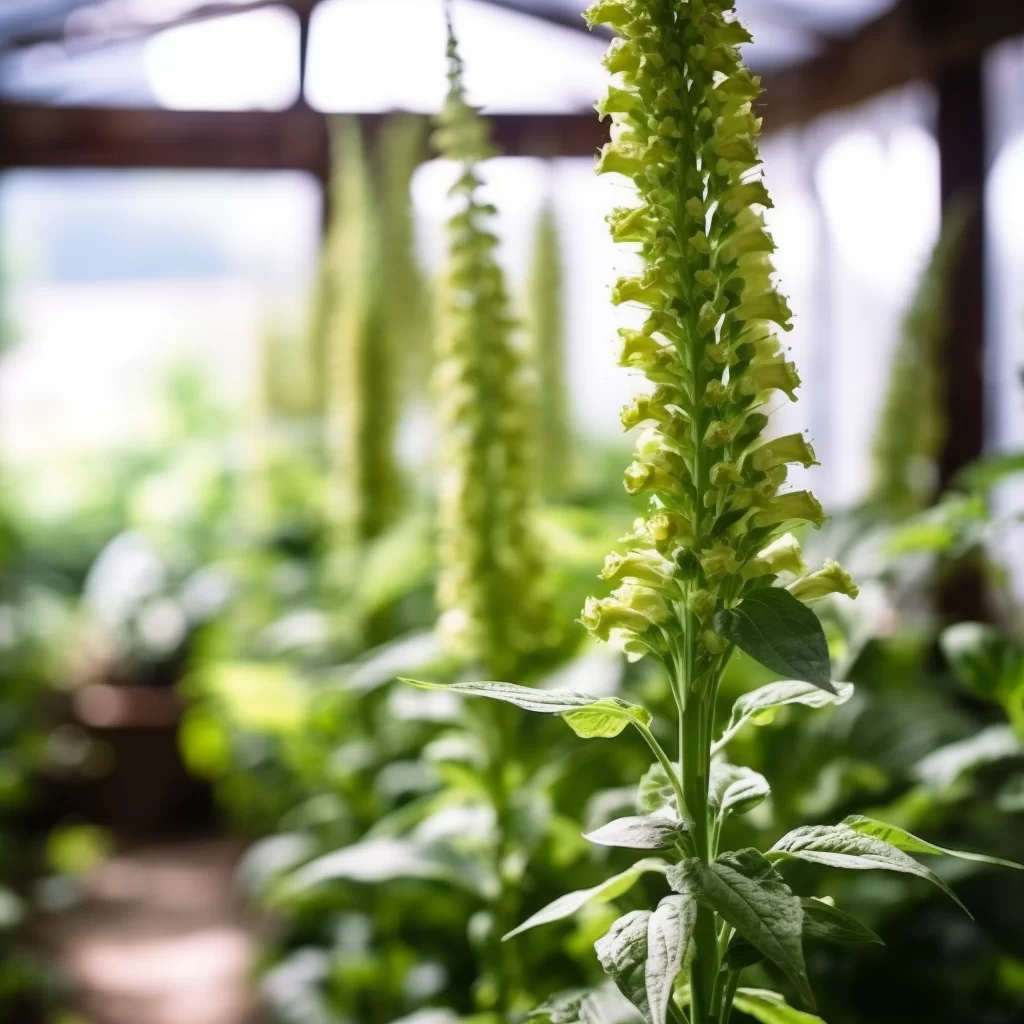Story of Day :
Contents
The Digitalis Plant: A Complete Guide and Care Tips
Gardening aficionados are continuously seeking to expand their plant collection, and the digitalis plant is a must-have addition.
Commonly referred to as foxglove, this plant features stunning flowers that bloom in an assortment of hues, including pink, purple, and white.
Whether you’re looking for a pop of color or simply want to diversify your garden’s flora, the digitalis plant is ideal for sprucing up any outdoor space.
In the following paragraphs, we’ll share a comprehensive guide on how to nurture and maintain this exquisite flowering plant.For those who are unfamiliar with gardening or have never cared for a digitalis before – fret not – we’ve got you covered.
Our complete guide will walk you through each step of caring for this beautiful species with ease.
From planting the seeds all the way through pruning your full-grown foxglove plants, our guide covers everything you need to know about keeping these gorgeous blooms healthy and vibrant all year round.
So why wait? Start planning your new garden layout today with help from our expert tips on growing Digitalis plants!
Background Information
The digitalis plant is native to Europe but has since spread across various regions of the world.
The plant can grow up to six feet tall and has bell-shaped flowers that bloom during the summer months.
One unique feature of the digitalis plant is its toxicity; all parts of this plant contain cardiac glycosides that can be poisonous if ingested.
Planting Digitalis
Digitalis plants are typically grown from seeds or propagated through division in early spring or fall.
When planting digitalis seeds, it’s important to ensure that they receive adequate sunlight (at least six hours per day) and well-drained soil with a pH level between 6.0-7.5.
- Digitalis should be planted in an area with partial shade.
- It’s essential not to overcrowd seedlings when planting them outside because they need room for their roots system development.
- Avoid planting these flowers near pet areas or children’s play areas because they’re toxic if ingested.

Caring for Digitalis
Maintaining healthy and thriving Digitalisis relatively straightforward when proper care guidelines are met:
For those who have decided to add Digitalis plants to their garden, it’s important to know how to properly care for them.
These stunning plants require consistent watering, at least once a week, as they are sensitive to moisture levels.
Fertilizing should be done in early spring when the plant is still young and again after blooming.
Additionally, it’s recommended that spent blooms be removed through deadheading to encourage new growth and continued flowering.
However, Digitalis may attract pests such as aphids or slugs; if this happens, spraying with insecticide or soap solution can help eliminate the problem.
One must also be cautious of diseases such as powdery mildew and root rot which can affect these plants; any signs of illness should immediately prompt removal of affected areas.In order for your Digitalis plant to thrive in your garden it is crucial that you take enough care on several factors such as watering and pruning while being cautious about pests and disease control measures.
To keep these unique flowers looking their best requires consistent watering at minimum once every seven days since Digitalisis are highly sensitive towards moisture levels.
It is best practice for fertilizing digitalis plant during early springtime while they’re still young followed by another round after blooming later down the line.To promote new growth alongside continued flowering one must regularly deadhead the spent blooms from its stalks gently removing them with precision using shears.Recommendations include keeping an eye out for potential pest infestations like aphids or snails where pesticide

Uses for Digitalis
Beyond being an attractive addition to gardens or landscapes, digitalis has been used as a medicinal herb for centuries.
It’s primarily used to treat heart conditions such as atrial fibrillation and heart failure because of its cardiac glycosides’ effect on regulating heartbeat rhythm when taken under medical supervision.
In Summary
The digitalis plant is an excellent addition to any garden due to its beautiful blooms and potential medicinal uses.
When planting this flower ensure adequate sunlight exposure with well-drained soil during springtime so that you can enjoy the flowers’ full glory during summertime bloom.
Remember always never ingest this flower as it’s toxic! As long as you follow proper care guidelines such as consistent watering schedules, periodic fertilization pruning techniques to encourage continued blooming while preventing disease infections by inspecting regularly – your digitalis should thrive!